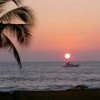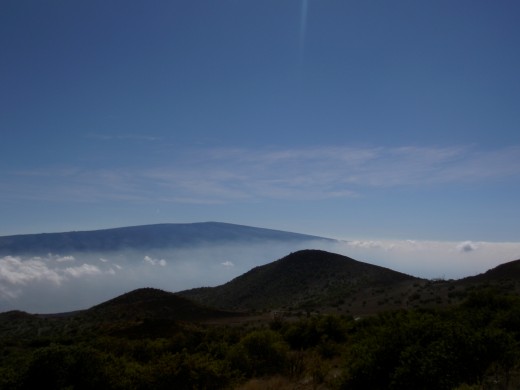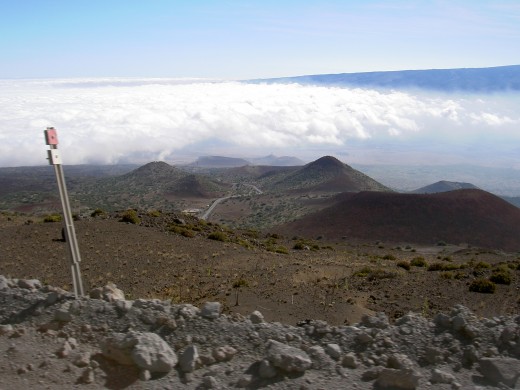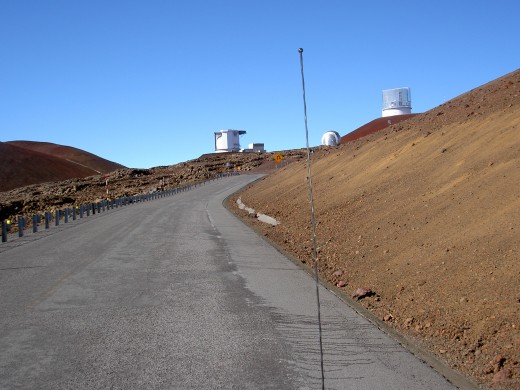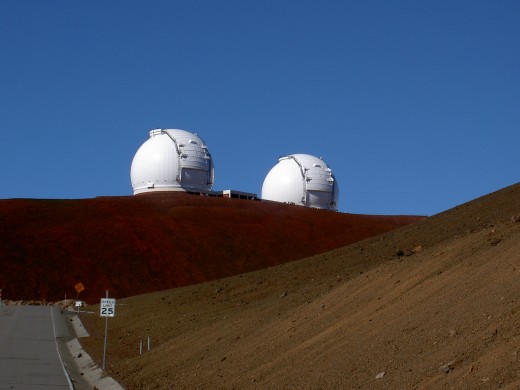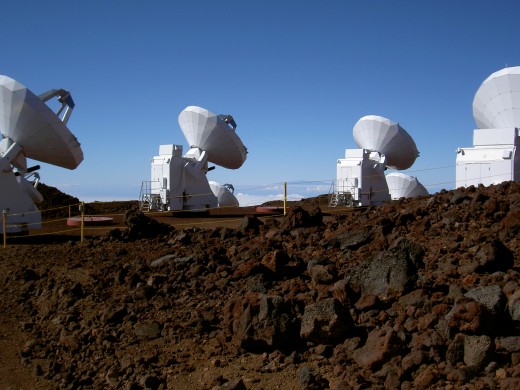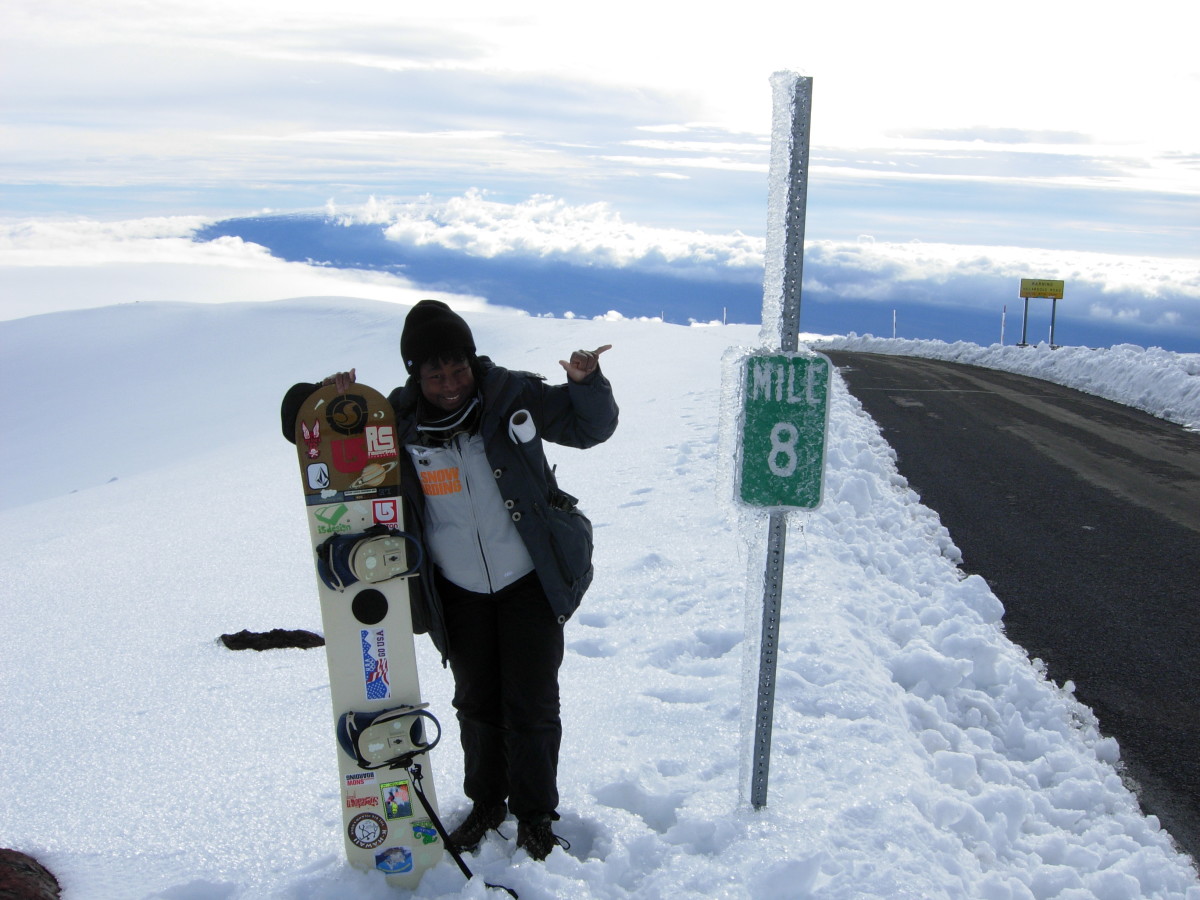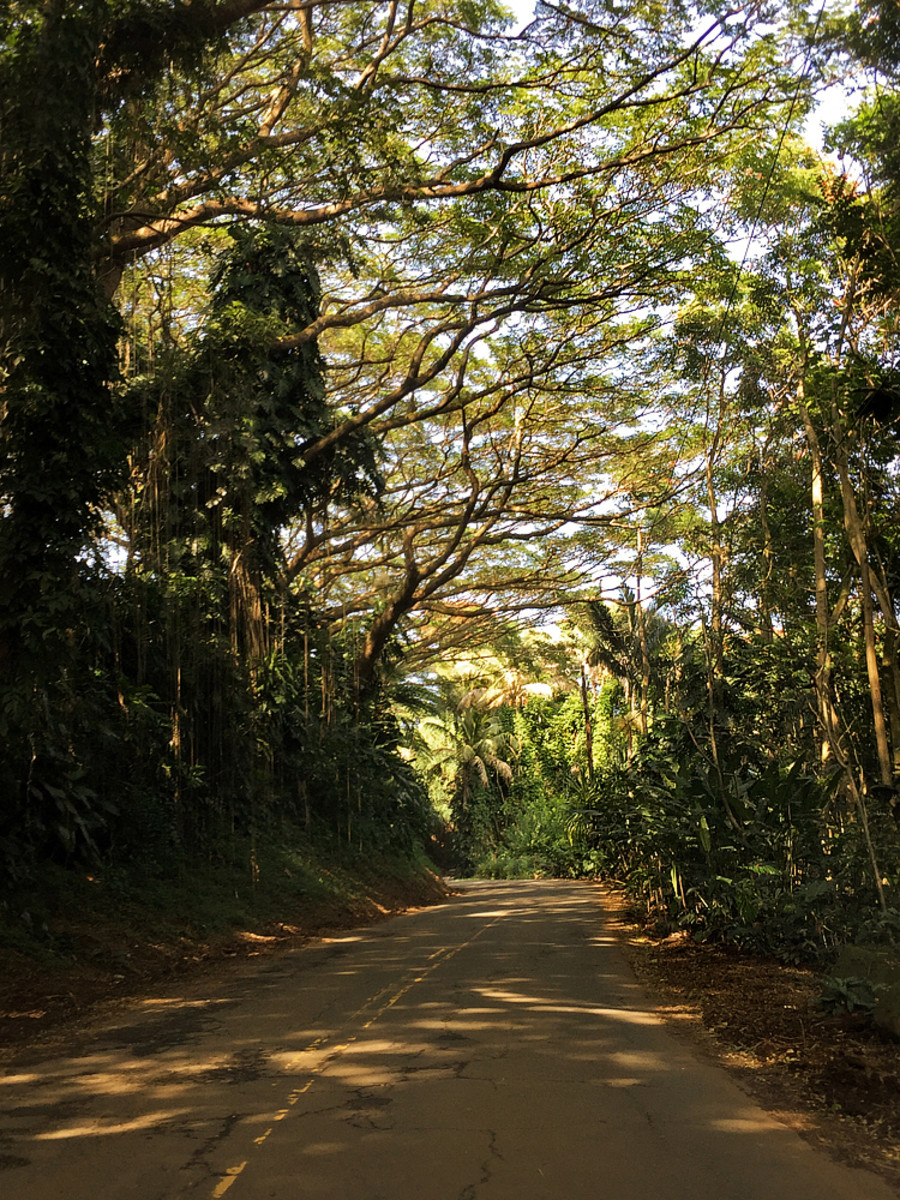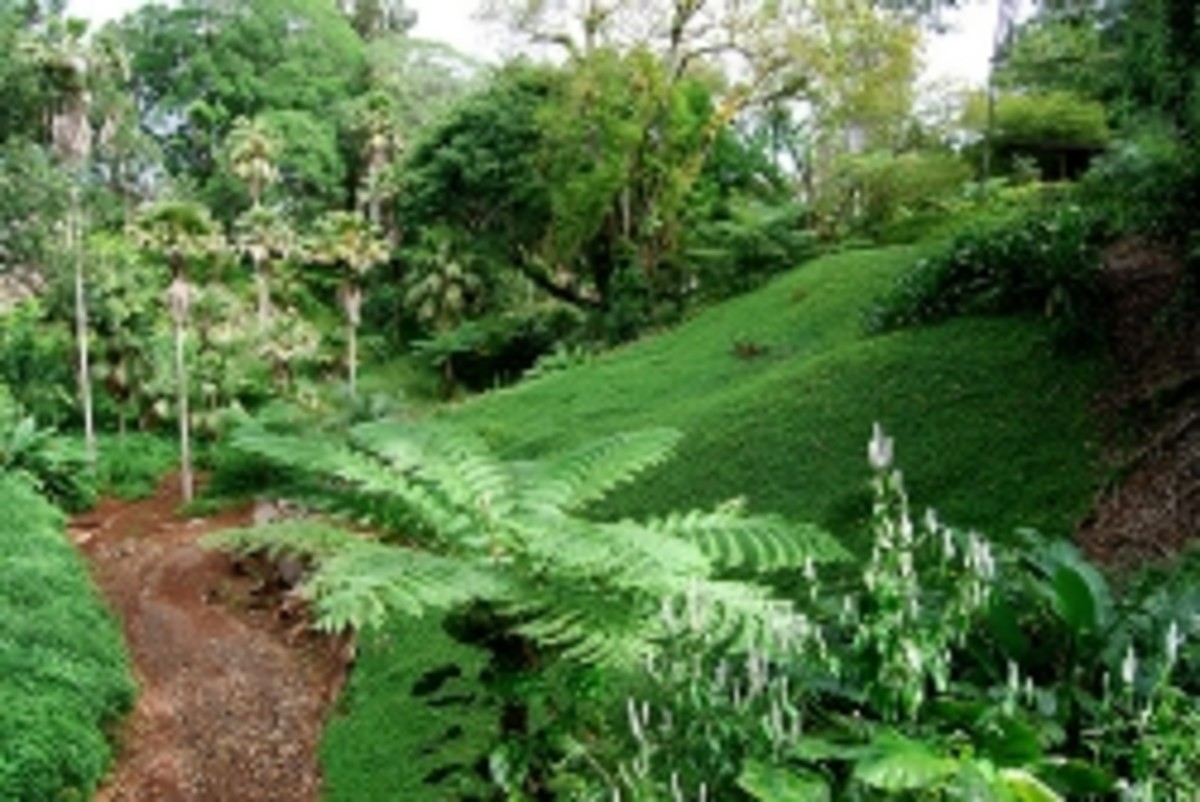- HubPages»
- Travel and Places»
- Visiting North America»
- United States
Mauna Kea - Window to the Universe
Mauna Kea - Highest Peak in the Islands
Click thumbnail to view full-size




Exploring the Mountain Peak
Facts About Mauna Kea
Mauna Kea, a dormant volcano located on the Big Island of Hawaii, is the tallest peak in the Hawaiian Island chain. Mauna Kea towers over the island at 13,803 feet above the ocean floor. The mountain, considered sacred to the Hawaiian people, rises from the sea floor over 33,000 feet. When measured from the sea floor, this makes Mauna Kea one of the largest volcanos in the world. Mauna Kea has a mass of 7,850 cubic miles in volume with much of the mountain mass lying on the eastern portion of the island. Mauna Kea looms 125 feet taller than Mauna Loa, a sister volcano located on the southern part of the island. Snow can often be seen atop the peak of Mauna Kea during much of the winter months of the year. Lake Waiau, lying within the Puʻu Waiau cinder cone, is the highest alpine lake located at an altitude of 13,022 ft.
Mauna Kea Observatories
Due to optimum star-gazing conditions at this altitude, Mauna Kea, is home to a number of observatories. These observatories contain some of the most powerful telescopes in the world. The first telescope to be placed on top of Mauna Kea was build by the University of Hawaii and is used for student training. Another observatory is the William Keck Observatory which houses the world's largest and most powerful optical-infrared telescope with a 33 foot wide viewing surface. At the peak, the air is thin and clear with little light and dust pollution creating an ideal environment for the astronomical community.
Mauna Kea is home to at least two dozen of the world's telescopes including: the Smithsonian Submillimeter Array, the James Clerk Maxwell Telescope, the Gemini Northern 8m Telescope and the Subaru Telescope which cost over $300 million and has the largest optical mirror in the world. The observatories are shared, maintained and overseen by many nations. Scientists can wait for months to book some time working on these powerful, sky-viewing telescopes.
Visiting the Observatories and the Mauna Kea Summit
While there are many telescopes on the top of Mauna Kea, there are only two that allow visitors to tour their facilities. One is the University of Hawaii observatory and the other is the Wm Keck Observatory. Tours of the University of Hawaii's 2.2m telescope are given Mon-Thu from 9:30 am to 3:30 pm and provides free admission. The Keck telescope has a Visitor's Center which is open on Mon-Fri from 10 am to 4 pm, and also provides free admission. The Keck observatory has a 12-minute video, a display and a viewing area inside the Keck I dome.
The drive from Saddle Road is just a little over 14 1/2 miles to the summit. Shortly after beginning the drive up the mountain, there is the Onizuka Visitor Center where you can stop and learn about the work going on at the mountain top observatory on Mauna Kea. After the Visitor Center, the first 5 miles of the road is gravel, steep, narrow and rough and takes around thirty minutes to get to the top. The last 3 miles are paved to reduce dust and protect the delicate lenses of the telescopes. A 4-wheel drive vehicle is recommended but people do make the drive in regular passenger cars on a regular basis. If you have a rental vehicle, be sure to check your rental agreement since some vehicle rental companies do not allow their vehicles to be taken up the Mauna Kea Summit road.There are also many tour operators that visitors can use if they do not want to make the drive on their own.
While the views from the top of the summit are magnificent, it is not for everyone. Weather can be unpredictable with rain, wind, fog, hail, or even snow depending on the month of the visit. People with respiratory or cardiopulmonary problems, children under 16, pregnant women, or people who are obese or physically limited might find breathing difficult since oxygen levels are reduced by 40% on the summit. Altitude sickness with symptoms such as shortness of breath, dizziness, headaches, weakness, reduced muscle control, heart palpitations, nausea, dehydration and impaired reasoning can affect anyone. If you experience altitude sickness, the best solution is to descend as rapidly as possible to a lower altitude. People who have participated in scuba diving within the last 24 hours also should not attempt to go to the top of the summit either.
Be sure to take warm clothing and sturdy shoes for walking around on the rough surface at the summit. Stop at the Visitor Center and check the weather conditions with the Rangers before you go up the Summit road. During winter months, there is often snow, high wind or impassable conditions along the road to the top. On a clear and sunny day, the view from the top is fabulous and well worth the drive to the summit.
Altitude Sickness
Have you ever experienced altitude sickness?
© 2009 ftank
